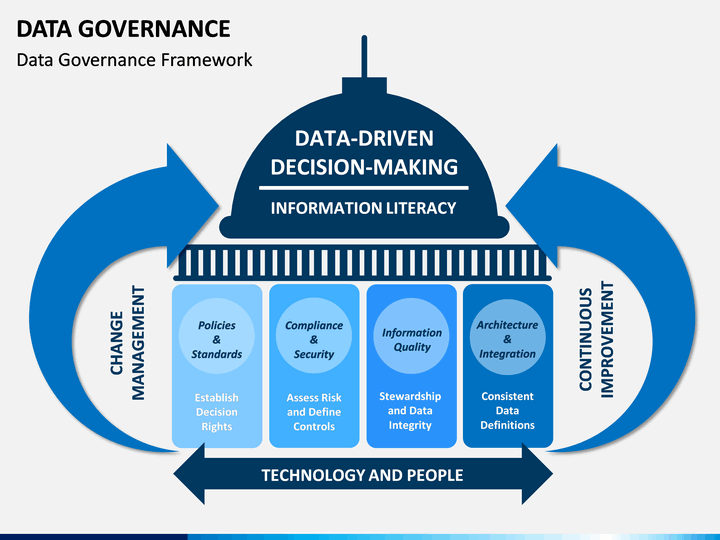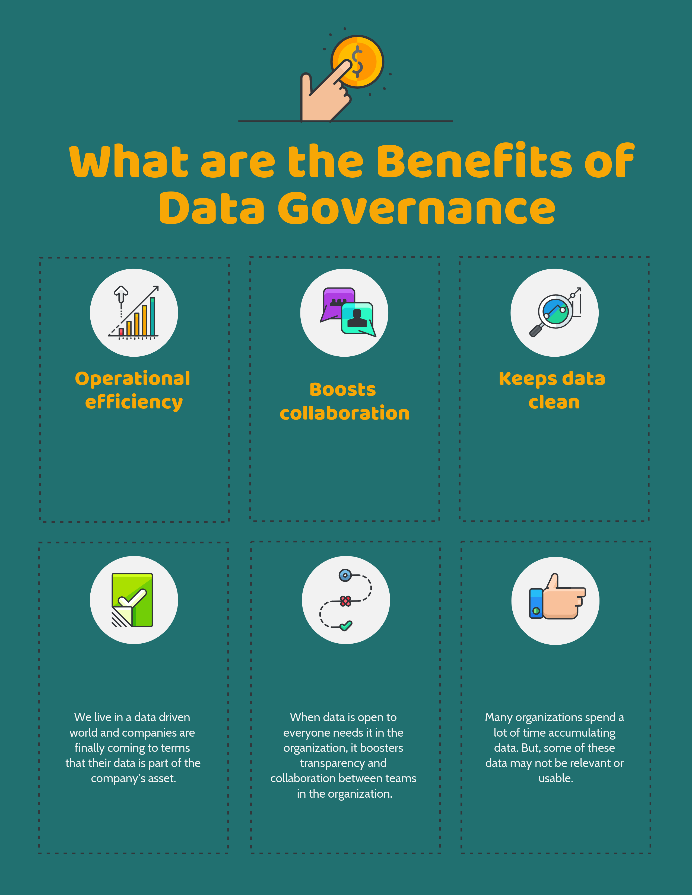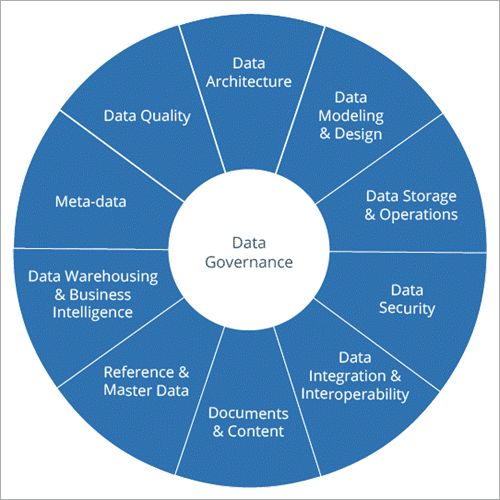Guidelines For Choosing The Best Data Governance Tools
With the advent of digital transformation, data has arguably become the most valuable asset that organizations have. Data governance ensures that data is usable, accessible, and secure.
Effective data governance leads to improved data analytics, which leads to better decision-making and operations support. Furthermore, it aids in the mitigation of data inconsistencies or errors, leading to integrity issues, poor decision making, and a multitude of organizational issues.
What is Data Governance?
Data governance is a broad category that encompasses internal policies and procedures that govern data management. Data governance, in a nutshell, is a set of policies, procedures, protocols, and metrics that govern how data is used, managed and stored by an organization.
It takes into account the company’s unique data culture and approach, as well as who owns the data and data confidentiality. Data governance assists everyone in an organization with using data efficiently, effectively, and responsibly.

Data Governance Tools
Enterprises today collect an incredible amount of internal and external data. Effective data governance is required to efficiently use that data, control risks, and save costs.
In the face of so many dependencies, many businesses struggle to execute an effective data governance strategy. To help with this time-consuming and resource-intensive process, more firms are using solutions to help manage, retrieve, and safeguard data on a regular basis.
These solutions, known as data governance tools, aid in automating workflow and classifying massive amounts of data.
Benefits of Data Governance Tools
As data travels across an organization, it undergoes numerous modifications. Information can be duplicated and fragmented, hindering a company’s responsiveness and decision-making. Data governance strategies aid in the protection of data assets as well as the optimization of product information management and master data management.
Some of the benefits of using data management tools are listed below.
Efficiency
Data provides essential information on all aspects of a business, from inventory levels to client satisfaction. Accessing and using data insights can increase operational efficiency in terms of production speed, product quality, and resource utilization.
Improved Decision Making
Data that is easily accessible and well-governed is quickly available to provide reliable insights for major organizational choices. As a result, better executive decisions are made, and the organization’s efficiency rises.
Increased Revenue
With regulations in place, data processed and analyzed, and customer loyalty ensured, data governance leads to a rise in the profit margin through an effective and proactive system.
Compliance with Rules and Regulations
Every business has regulations that are specific to its industry, and hefty fines are frequently enforced in cases of violations. Data governance ensures that requirements are respected while also protecting security and privacy. It prevents violation of laws while maintaining optimum productivity within the organization.
Data Comprehension
Data governance gives a comprehensive perspective of where the data is stored and how it is utilized, as well as policies that regulate when and how data can be accessed. This, in turn, creates a favorable work environment for all those involved in analyzing data and implementing frameworks based on it.

Data Governance Tool: Features to Look For
Having listed the benefits of utilizing a Data Governance tool, it is also important to note that not all of them are comprehensively equipped with the features that a specific organization may require.
Hence, here is a list of qualities that should be assessed before employing a Data Governance tool.
Data Lineage
Understanding data lineage entails understanding how and where the data originated, as well as its processing logic and destination. In a normal BI process, data governance provides visibility and aids in tracing mistakes back to their source. Data lineage is critical for building credibility in the data.
Data Classification
Different types of data obtained would have varying degrees of importance. As a result, it is crucial to organize and categorize that data as early in the process as possible. Data classification is an important first step toward creating good data governance.
Data Ownership and Stewardship
Data ownership does not imply the possession of data but rather the provision of access to it to other business channels so that they can profit from it as well.
The process of managing data quality in terms of accessibility, correctness, completeness, consistency, and maintenance is known as data stewardship.
Delegation
A significant requirement for a governance tool is the task of assigning governance responsibilities and policies. In addition to this, it is also required to manage user permissions and map out a workflow strategy to enforce ease of business.
Storage and Safety
Legal requirements, compliance standards, and company rules on data privacy and security must all be captured by the tool.
Data backups are an essential component of good data governance. It must be aware of the work schedules and recovery procedures. Moreover, the governance will need a solid grasp of the number of copies of data, how long they should be stored, and who is privy to their existence.
Assessing and matching each of the business requirements with the desired product feature can assist in determining which tool will be most effective in accomplishing the company’s annual goals.

Summing Up
This article has offered insight into the benefits and uses of data governance. Additionally, it has specified several criteria that an organization should take a look at before employing their governance tool.
Data governance is an integral part of businesses in the modern world. Hence it is even more vital to assess the specific requirements of a company to find a tool that best suits them. This can prevent future complications and help to achieve goals consistently.
As the use and availability of big data grow, so does the demand for data governance, security, and regulation. Although implementing a program may seem difficult at first, corporate organizations that choose to develop a data governance strategy win in the long term.

